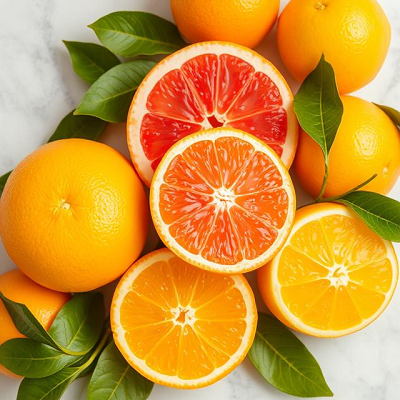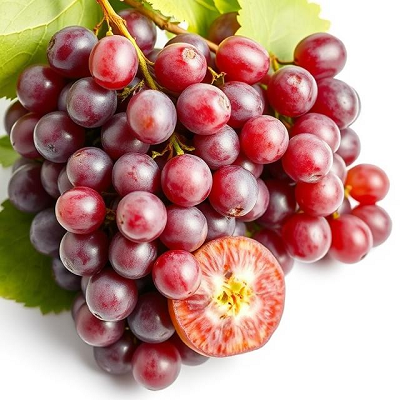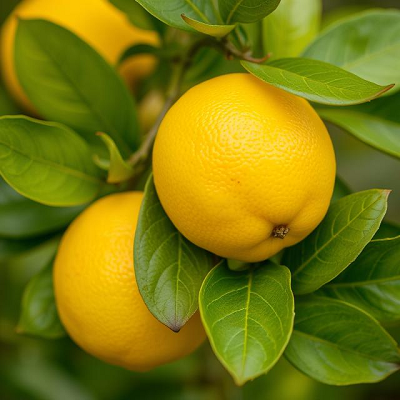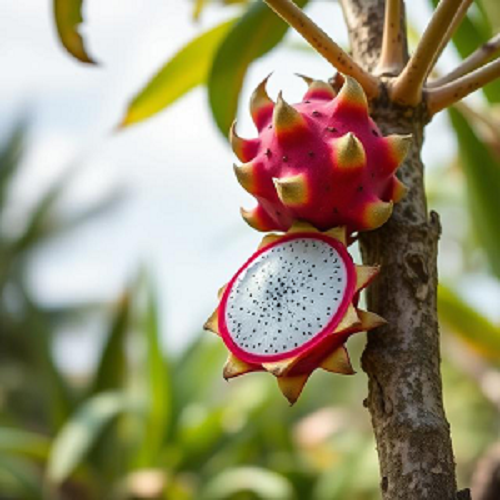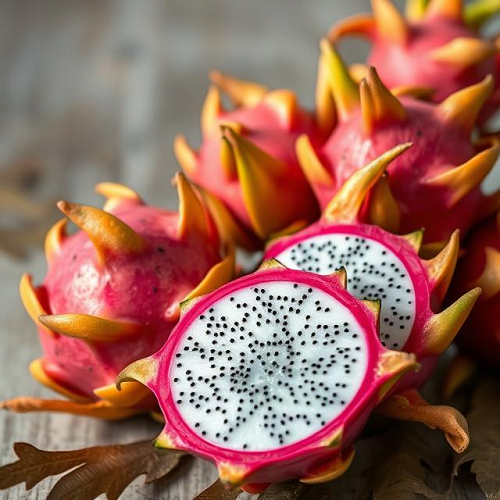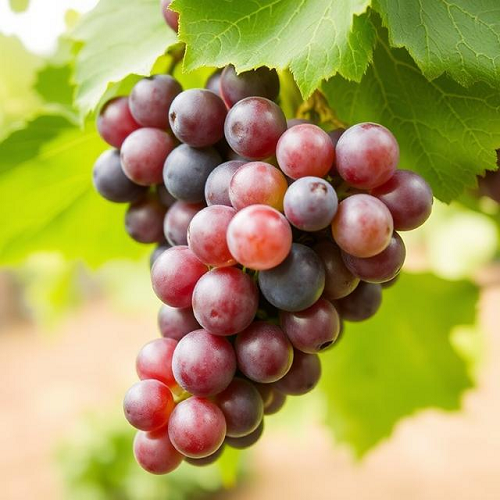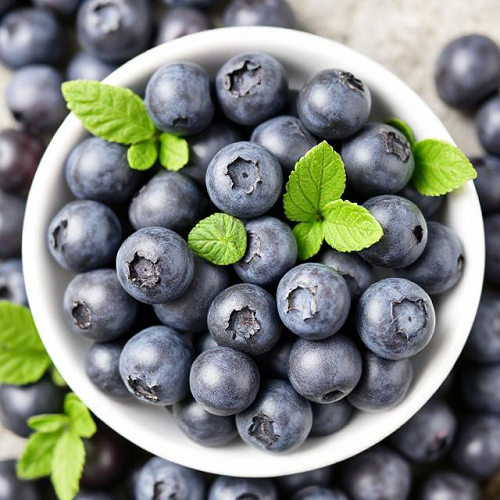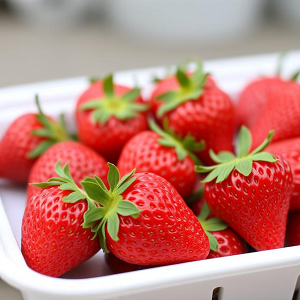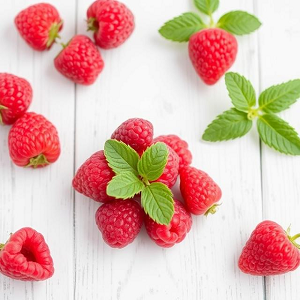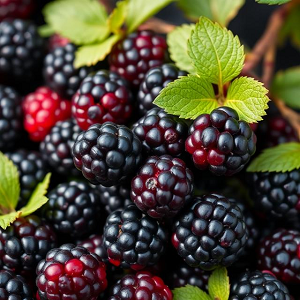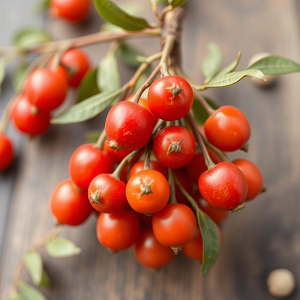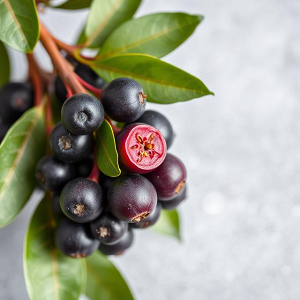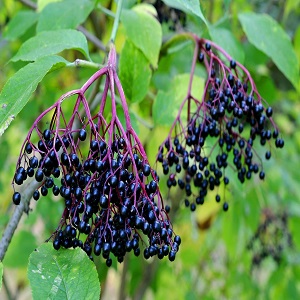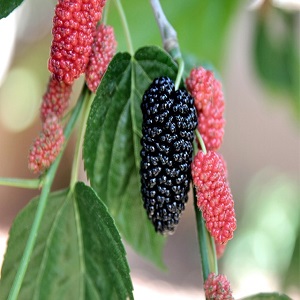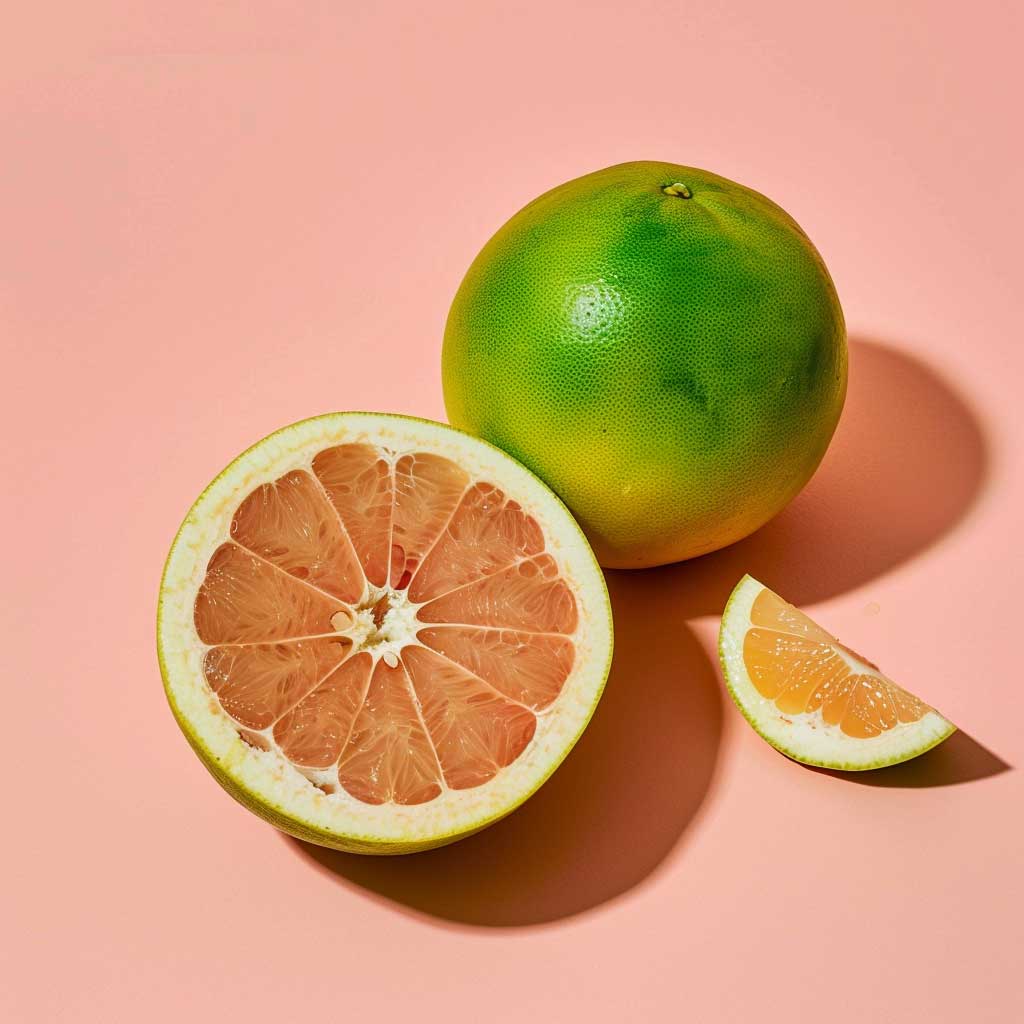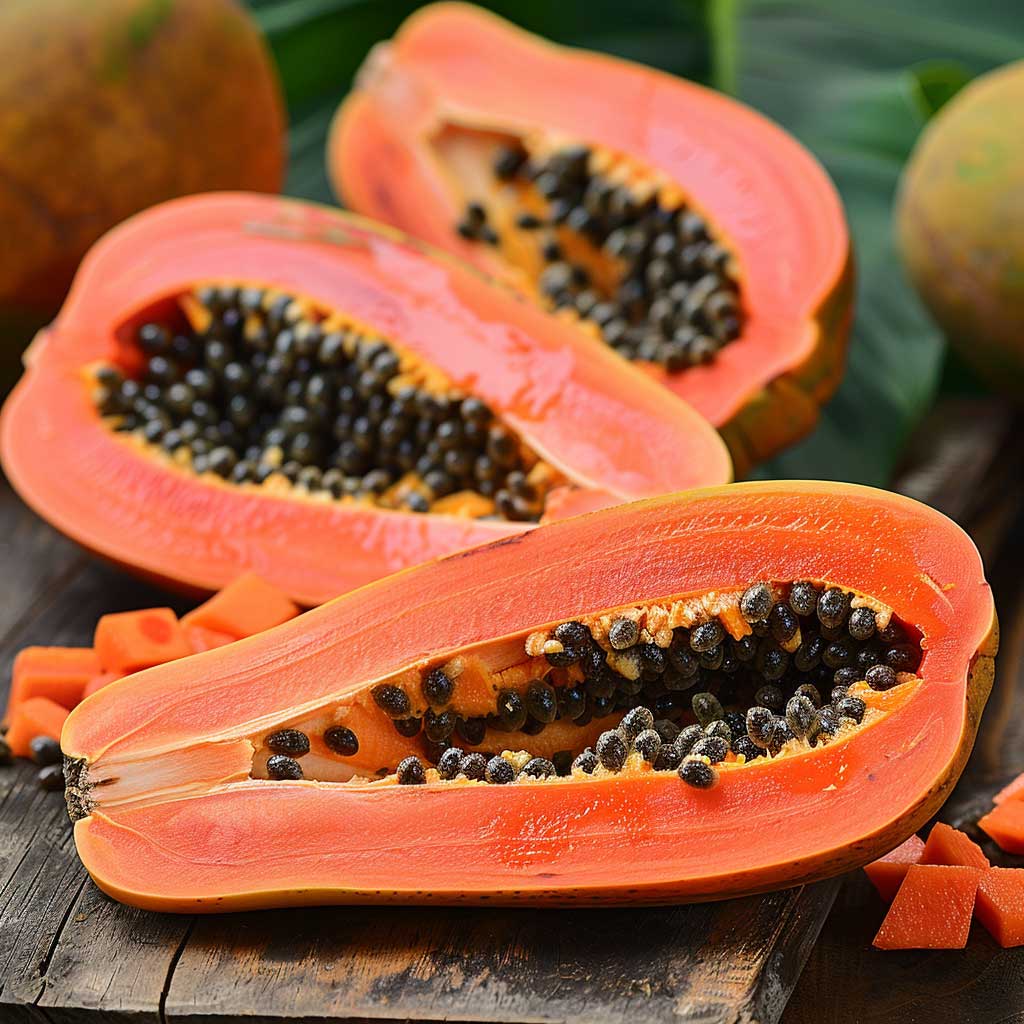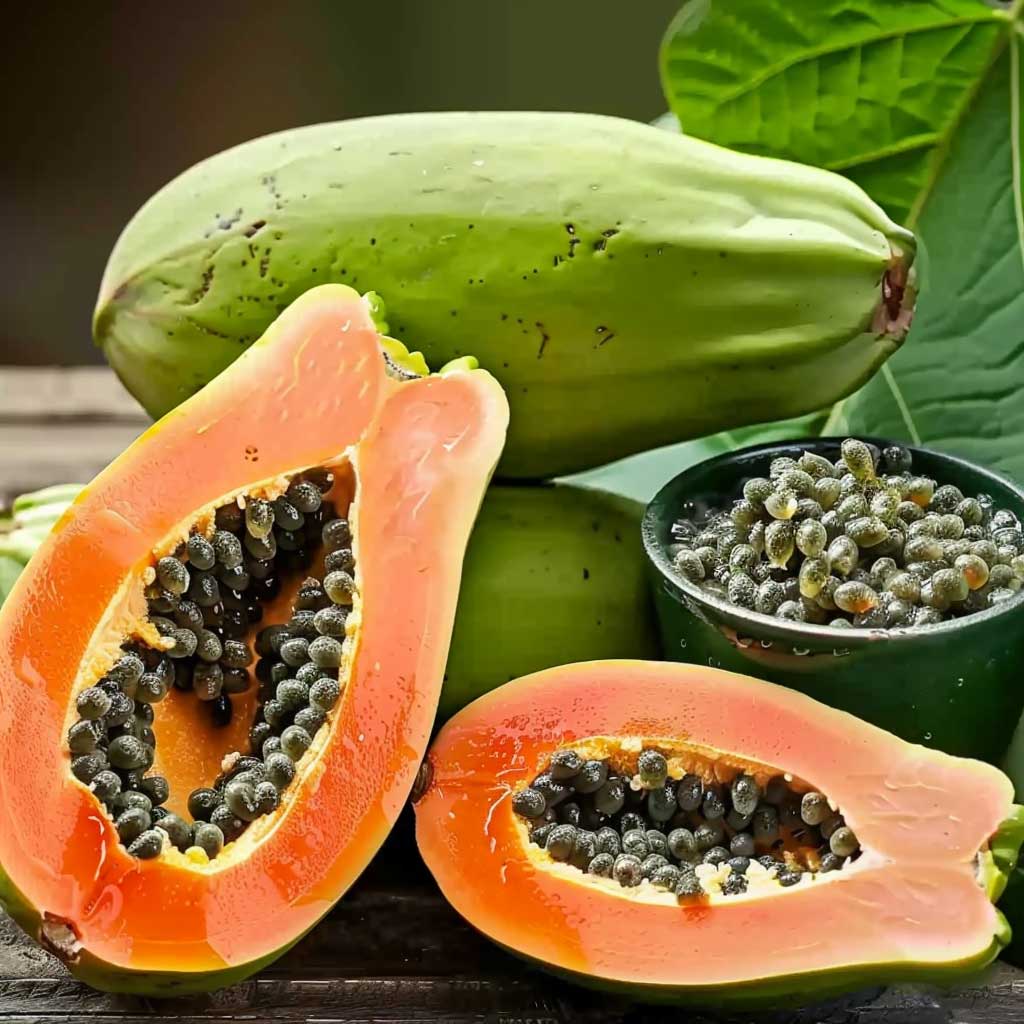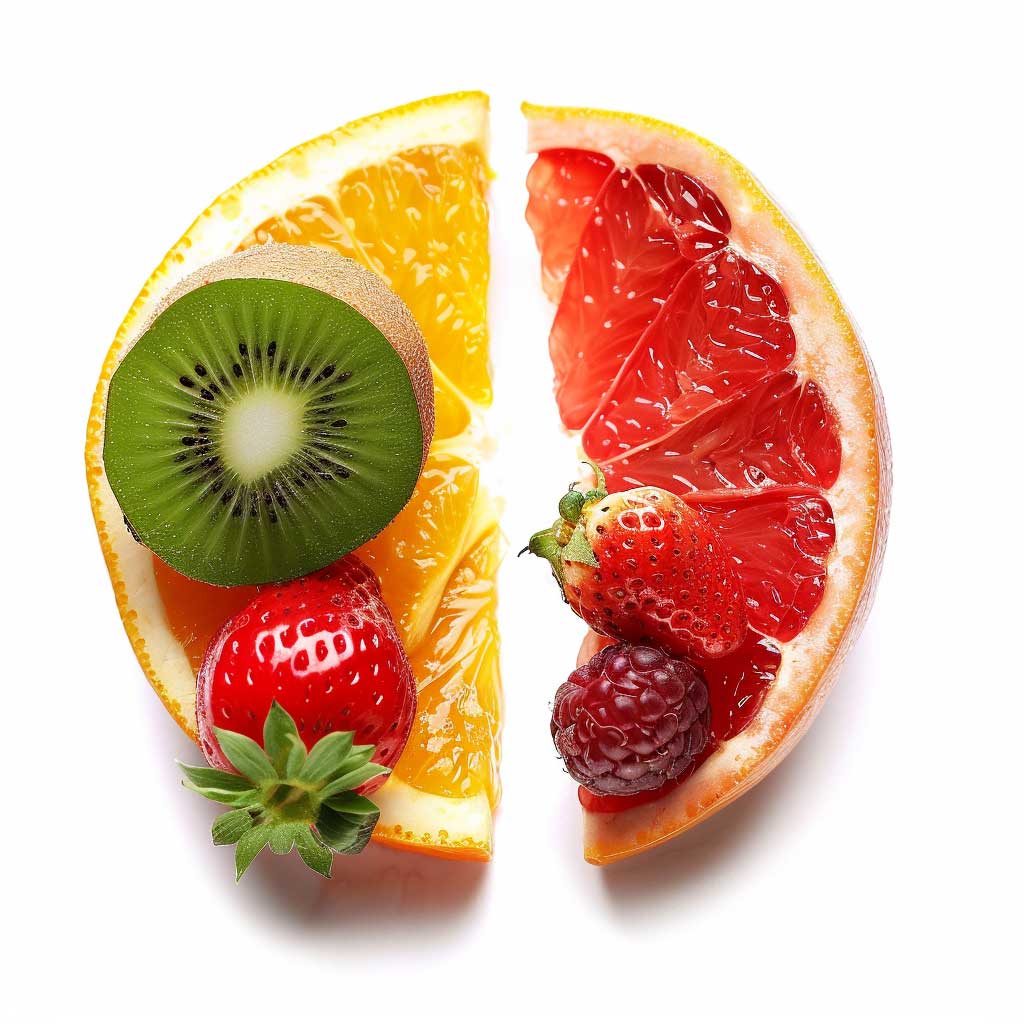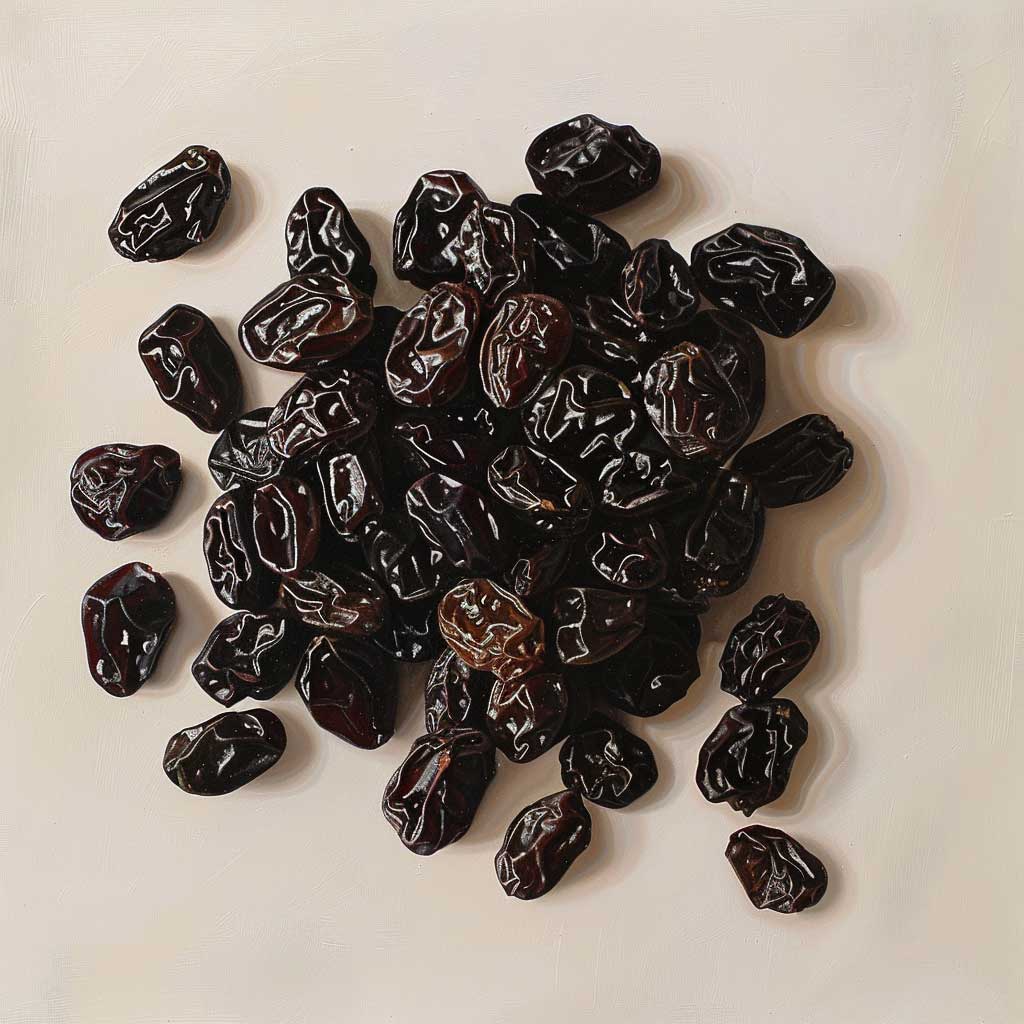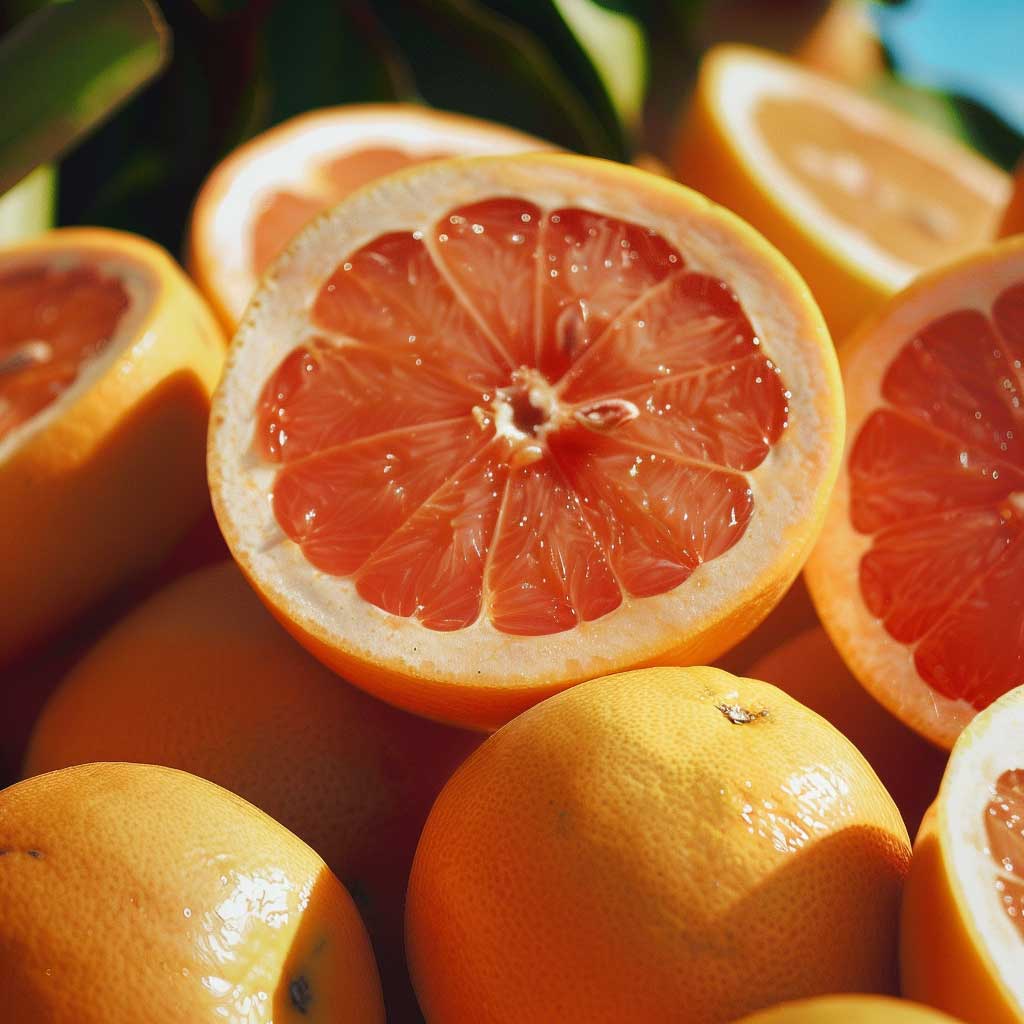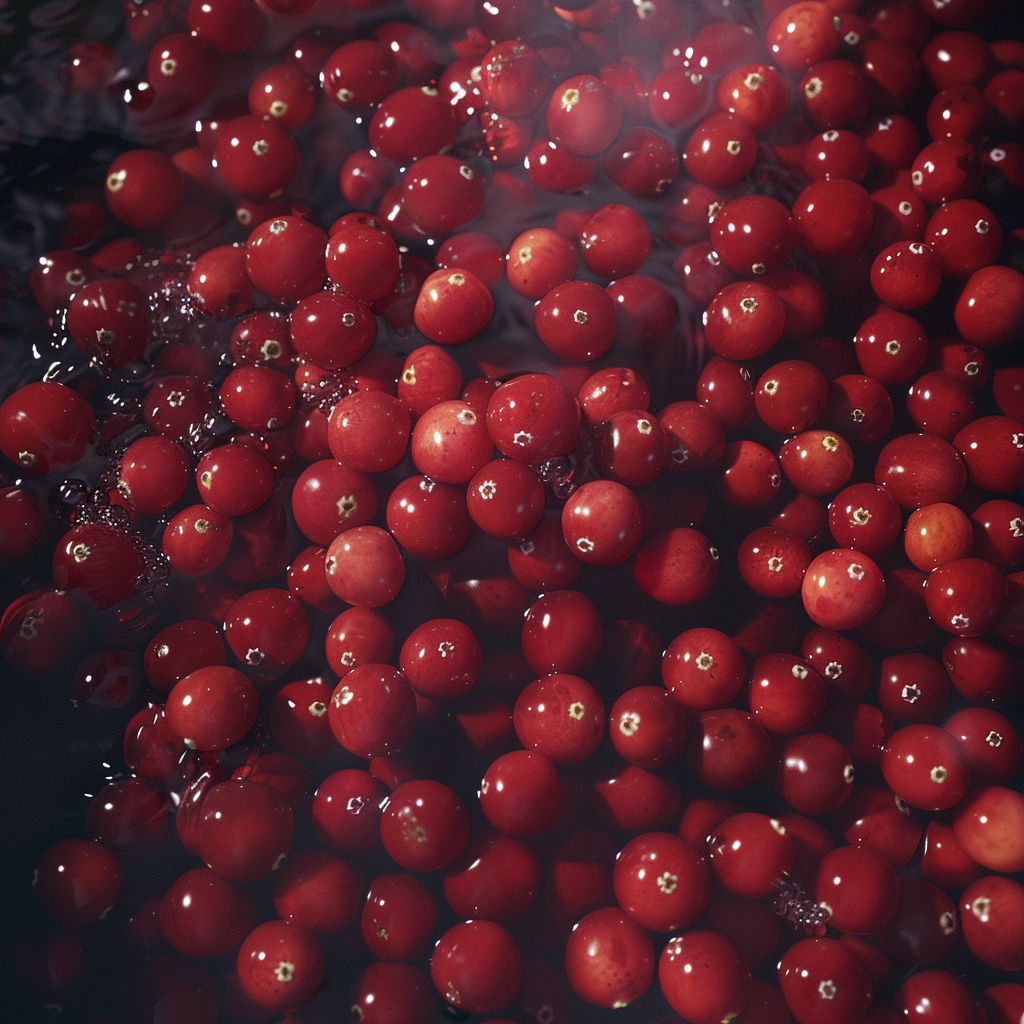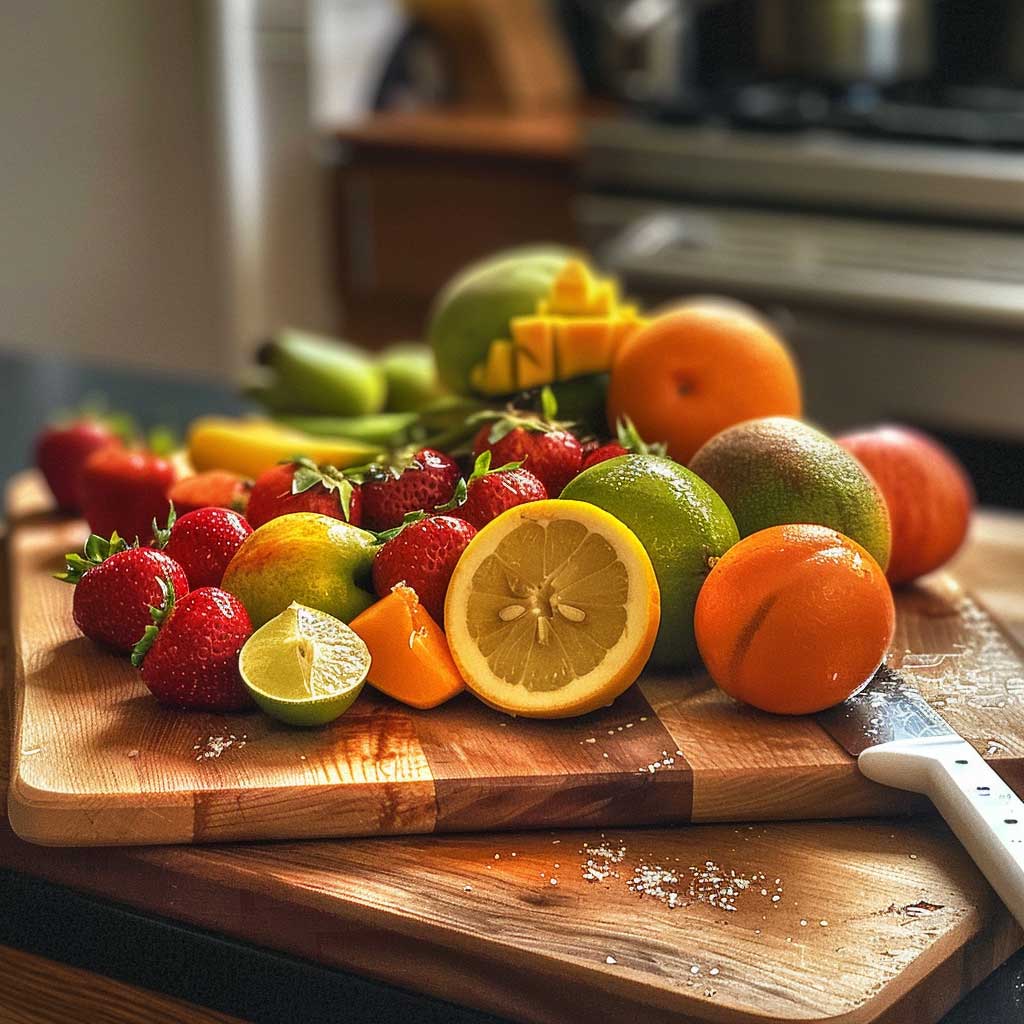Citrus fruits, such as oranges, lemons, and grapefruits, are not only delicious and refreshing, but they also offer a wide array of health benefits, particularly for cancer patients. Rich in antioxidants, vitamins, and other beneficial compounds, citrus fruits can be an important part of a cancer patient’s diet. Here’s how citrus fruits can be beneficial for individuals fighting cancer:
1. Rich in Vitamin C
Citrus fruits are an excellent source of vitamin C, a powerful antioxidant that plays a critical role in supporting the immune system. For cancer patients, maintaining a strong immune system is crucial, as treatments like chemotherapy can weaken immune function. Vitamin C can help enhance the body’s natural defense mechanisms, fight infections, and improve the body’s ability to heal.
2. Cancer-Fighting Compounds
Citrus fruits contain bioactive compounds, such as flavonoids (like hesperidin in oranges and naringenin in grapefruits), which have been shown to have anti-cancer properties. These compounds help neutralize free radicals and reduce oxidative stress, which is linked to cancer development. Some studies suggest that flavonoids can slow down the growth of cancer cells and may even inhibit the spread of certain types of cancer, including breast, liver, and colon cancer.
3. Detoxification Support
Citrus fruits help support the body’s detoxification processes. Their high water content and rich vitamin C contribute to detoxifying the liver and kidneys, which is particularly beneficial for cancer patients who may be undergoing treatments that put additional strain on these organs. Citrus fruits, especially lemon, are known to help cleanse the body and promote the elimination of toxins that may accumulate due to cancer treatments.
4. Anti-Inflammatory Effects
Cancer treatments, including chemotherapy and radiation, can cause inflammation in the body. Citrus fruits are known for their anti-inflammatory effects, largely due to their vitamin C content and other antioxidants. Reducing inflammation can help alleviate some of the side effects of cancer treatments, improve quality of life, and promote faster healing.
5. Hydration and Digestion
Citrus fruits like oranges and lemons are rich in water, which can help keep cancer patients hydrated. Adequate hydration is essential for patients undergoing treatment, as it supports overall bodily functions, including digestion. Citrus fruits also contain fiber, which can help improve digestion, prevent constipation (a common issue for cancer patients), and support overall gastrointestinal health.
6. Boosts Collagen Production
The vitamin C in citrus fruits is crucial for collagen production, which is important for the health of skin, blood vessels, and tissues. Cancer treatments like chemotherapy and radiation can damage skin and tissues, and consuming vitamin C-rich citrus fruits can help promote healing and skin repair. Collagen also plays a role in maintaining healthy blood vessels, which is vital for overall circulation and healing.
7. Improves Appetite and Taste
Cancer patients undergoing treatments like chemotherapy often experience changes in taste and a reduced appetite. Citrus fruits, with their zesty and refreshing flavors, can help stimulate the appetite and make food more appealing. The tangy taste of citrus can also help combat any lingering aftertaste from medications or treatments, making it easier for patients to consume more nutritious foods.
8. Improves Overall Health and Well-Being
The combination of antioxidants, vitamins, and minerals in citrus fruits contributes to overall health and well-being. For cancer patients, maintaining optimal health during treatment is key to improving outcomes and quality of life. Citrus fruits are nutrient-dense and low in calories, making them a healthy snack or addition to meals.
9. Helps Prevent Secondary Infections
Cancer patients are often more vulnerable to infections due to weakened immune systems. The antioxidants and vitamin C in citrus fruits help strengthen the immune system, making it more capable of fighting off secondary infections that may occur during cancer treatment. This can reduce the risk of complications and improve the overall effectiveness of cancer treatments.
10. May Help Prevent Recurrence
Some research suggests that certain compounds found in citrus fruits, like limonoids, may have protective effects that could lower the risk of cancer recurrence. Limonoids have been shown to have anti-cancer properties, including the ability to inhibit the growth of cancer cells and potentially reduce the risk of tumors in certain organs, such as the breast and liver.
Conclusion:
Citrus fruits like oranges, lemons, and grapefruits offer numerous benefits for cancer patients. From providing essential vitamins and antioxidants to reducing inflammation, promoting hydration, and boosting the immune system, these fruits can be a valuable part of a cancer patient’s diet. While citrus fruits should be consumed as part of a balanced and nutritious diet, they can play a significant role in supporting cancer patients through their treatment journey and helping improve overall well-being. Always consult with a healthcare provider or nutritionist before making significant dietary changes, especially during cancer treatment.

